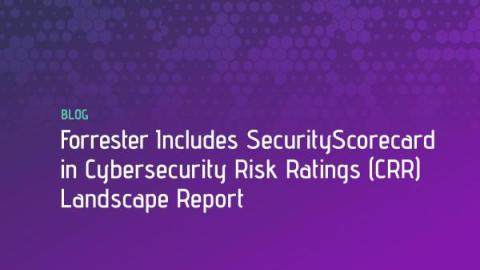Chatbot security risks continue to proliferate
While the rise of ChatGPT and other AI chatbots has been hailed as a business game-changer, it is increasingly being seen as a critical security issue. Previously, we outlined the challenges created by ChatGPT and other forms of AI. In this blog post, we look at the growing threat from AI-associated cyber-attacks and discuss new guidance from the National Institute of Standards and Technology (NIST).










